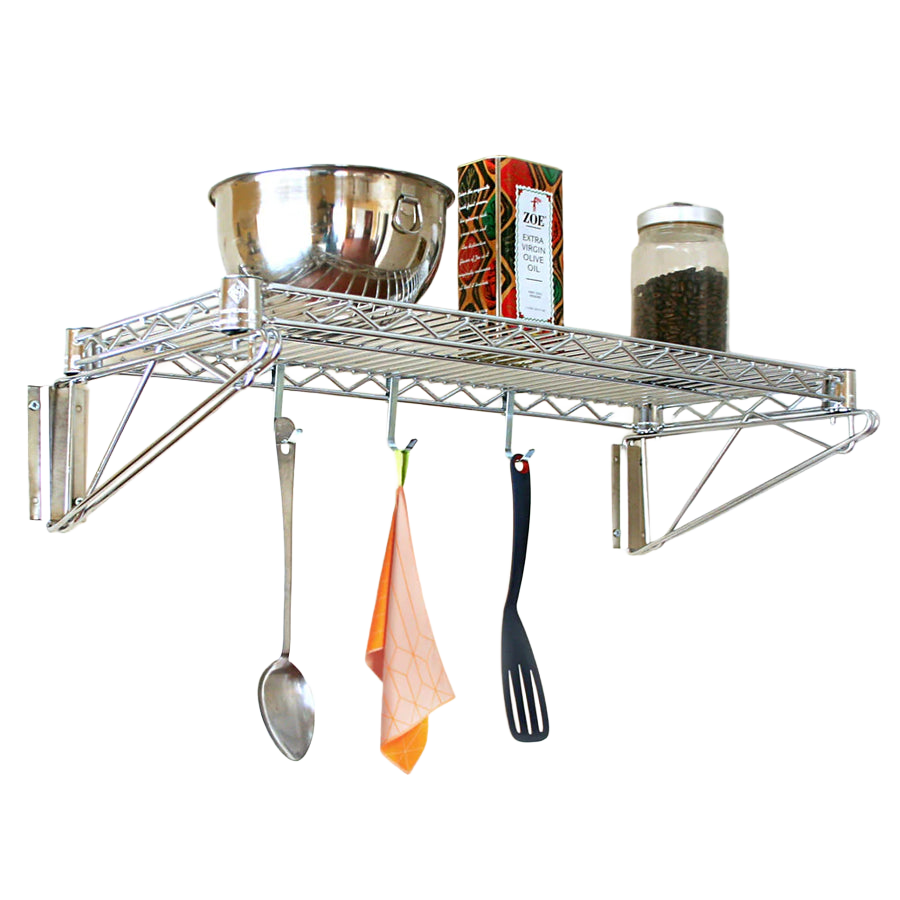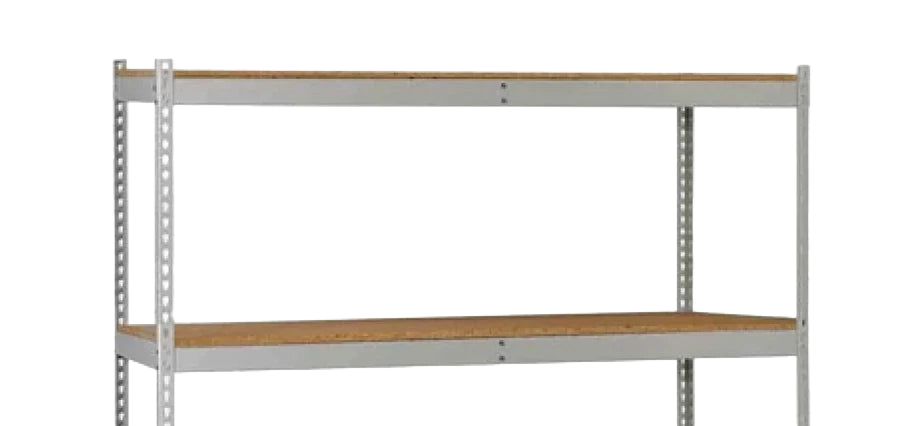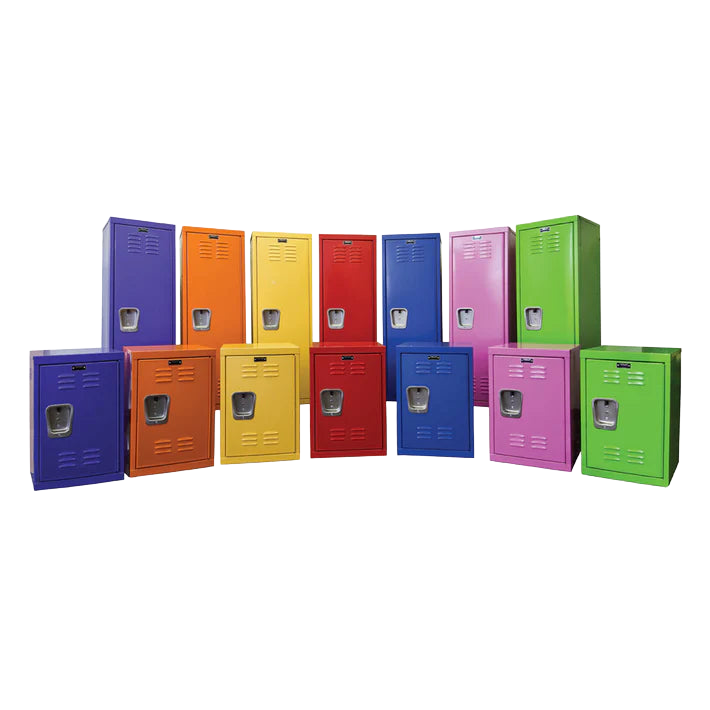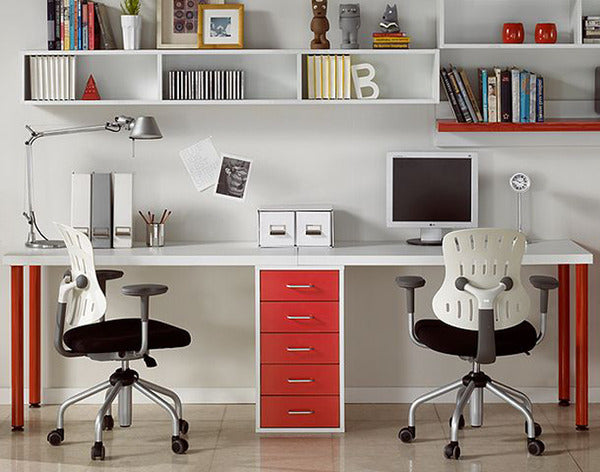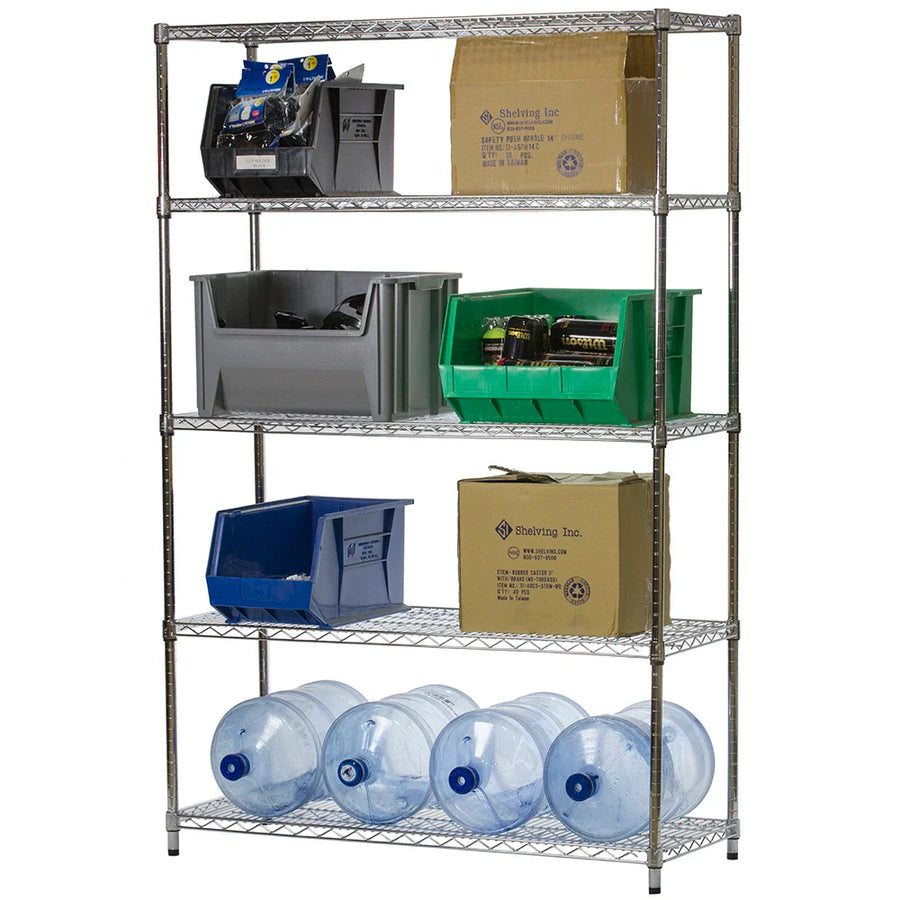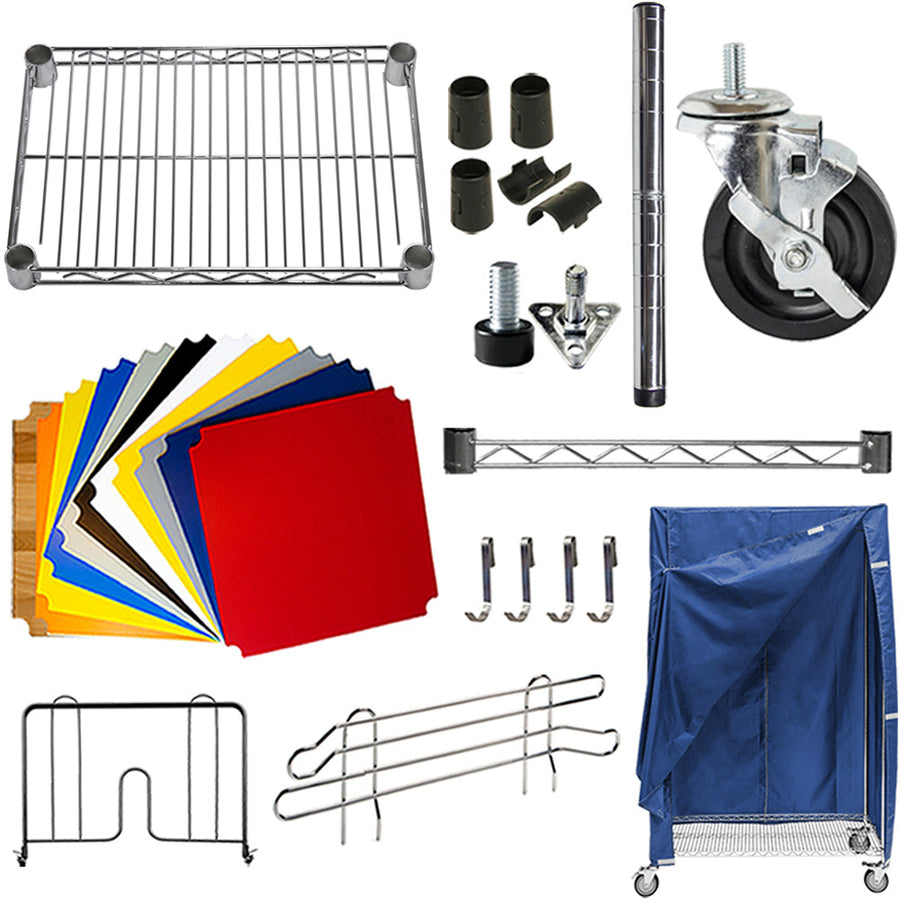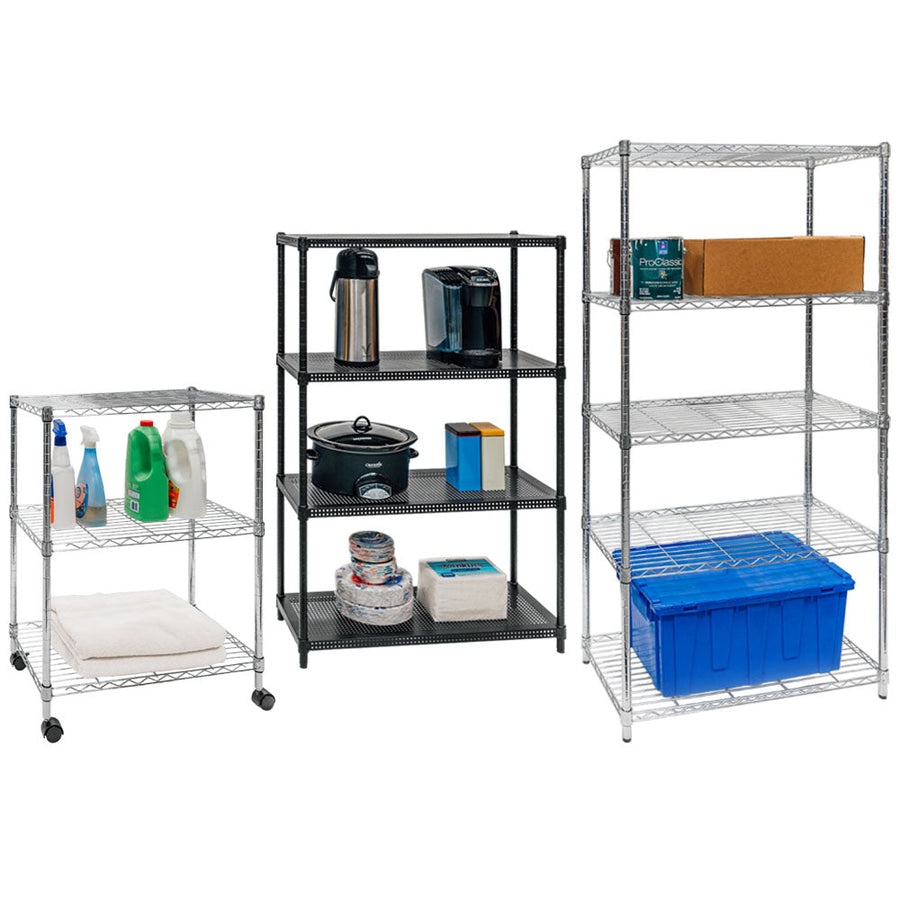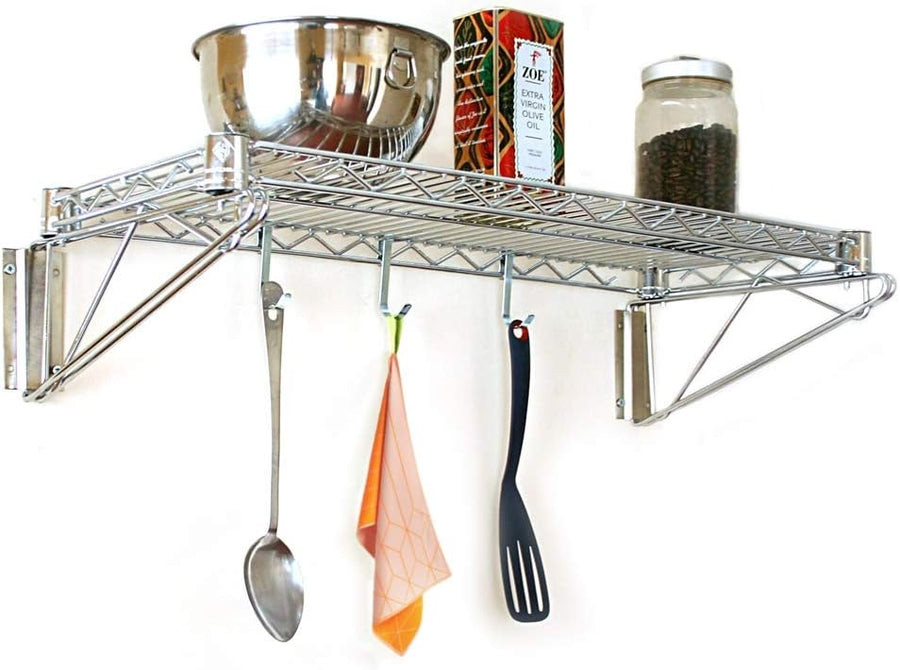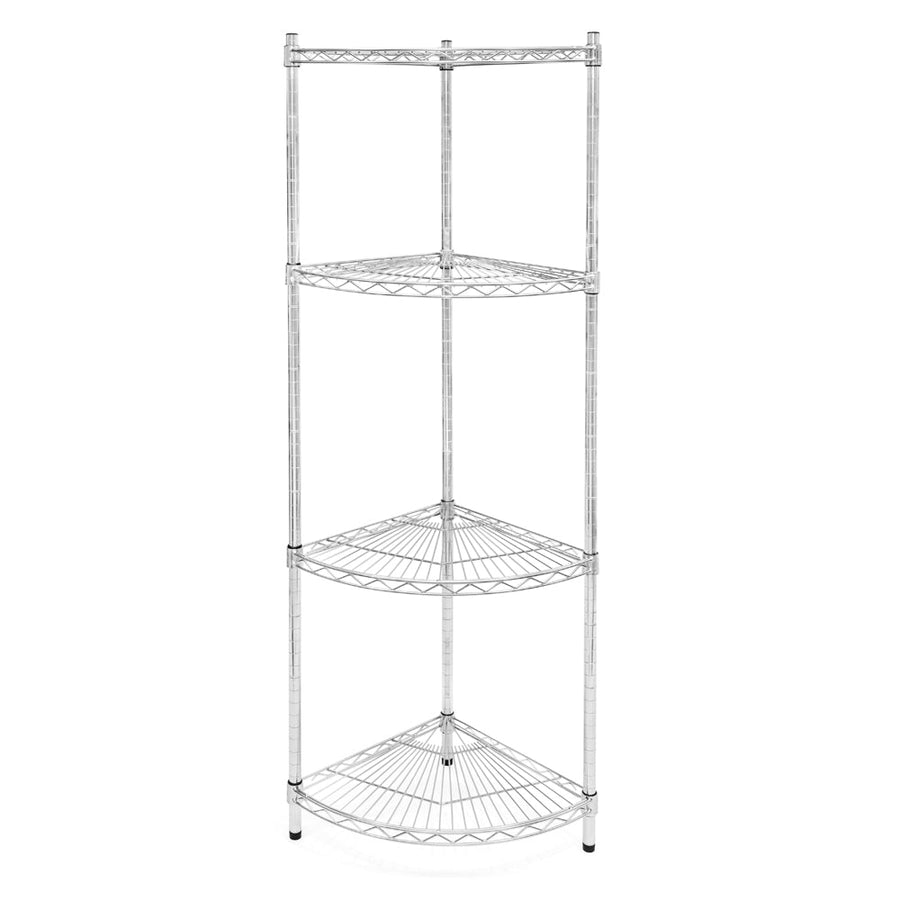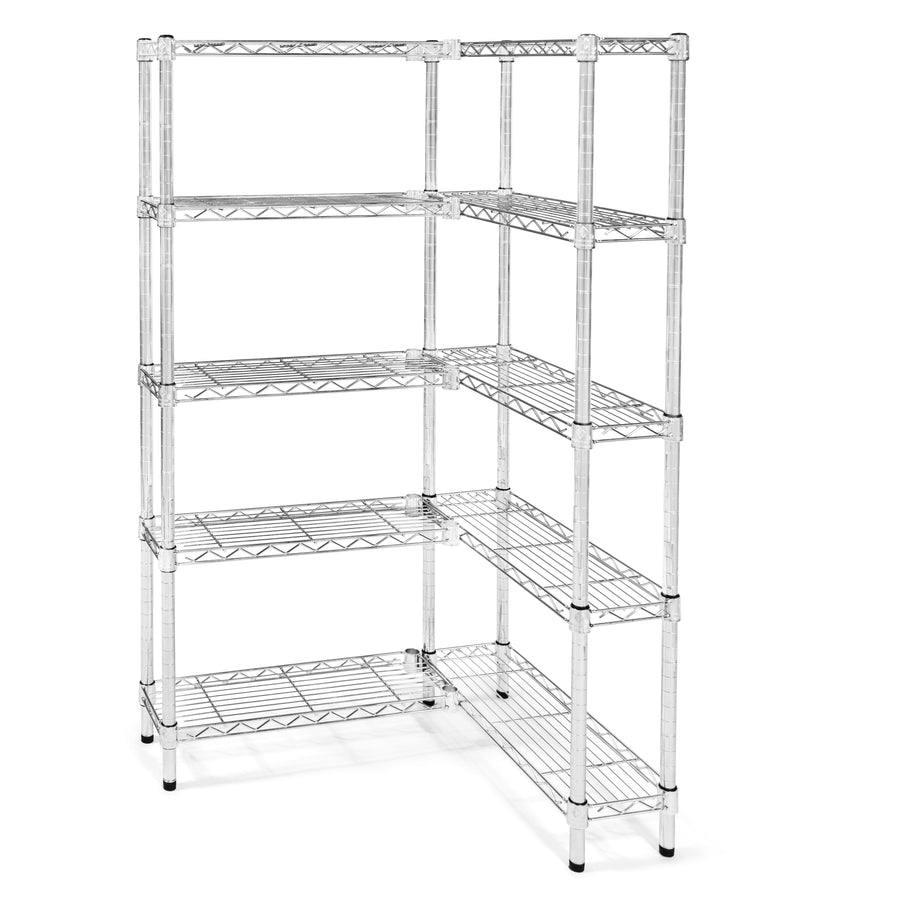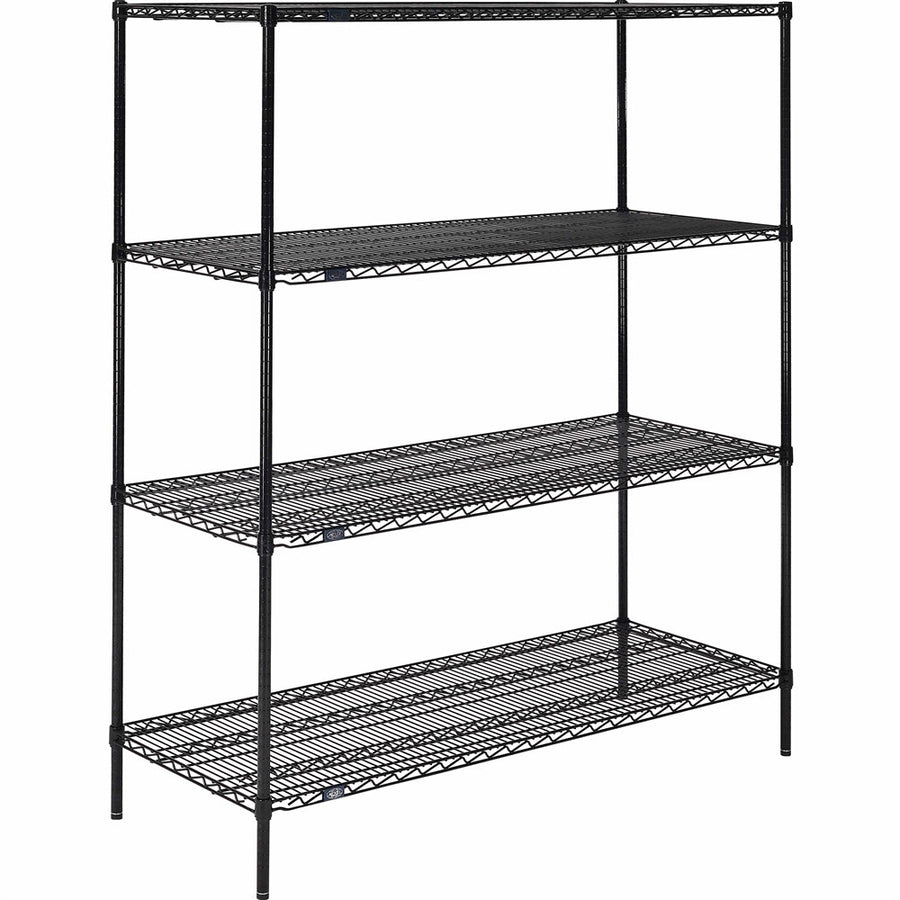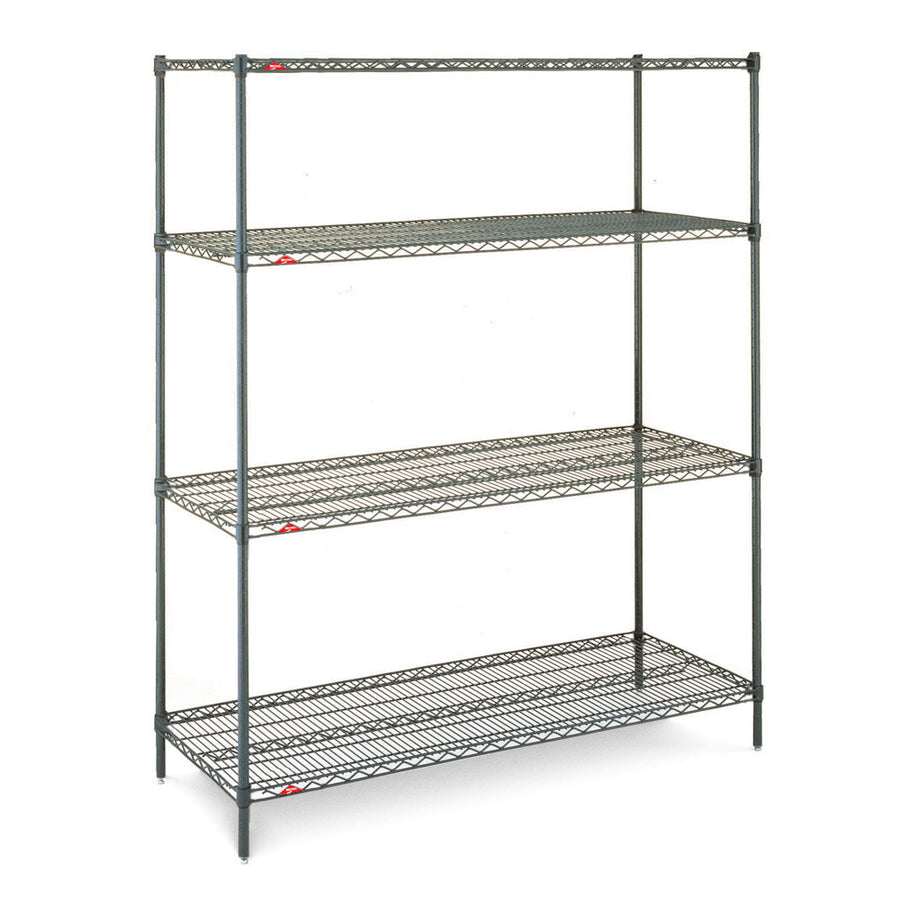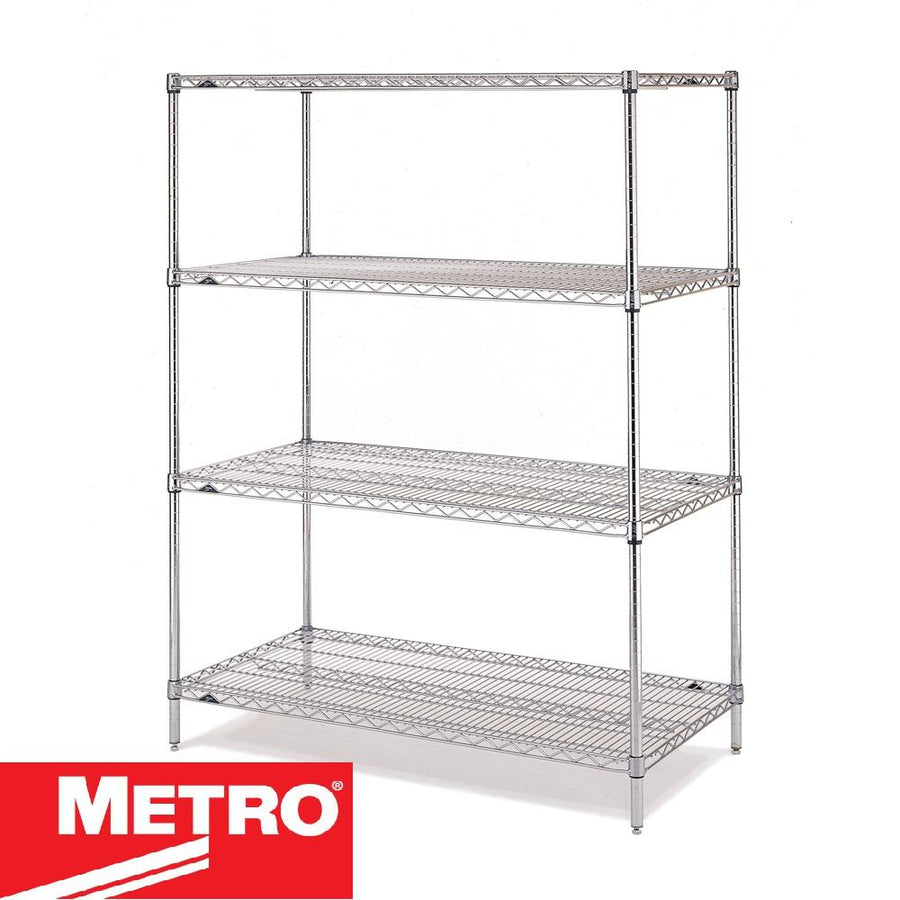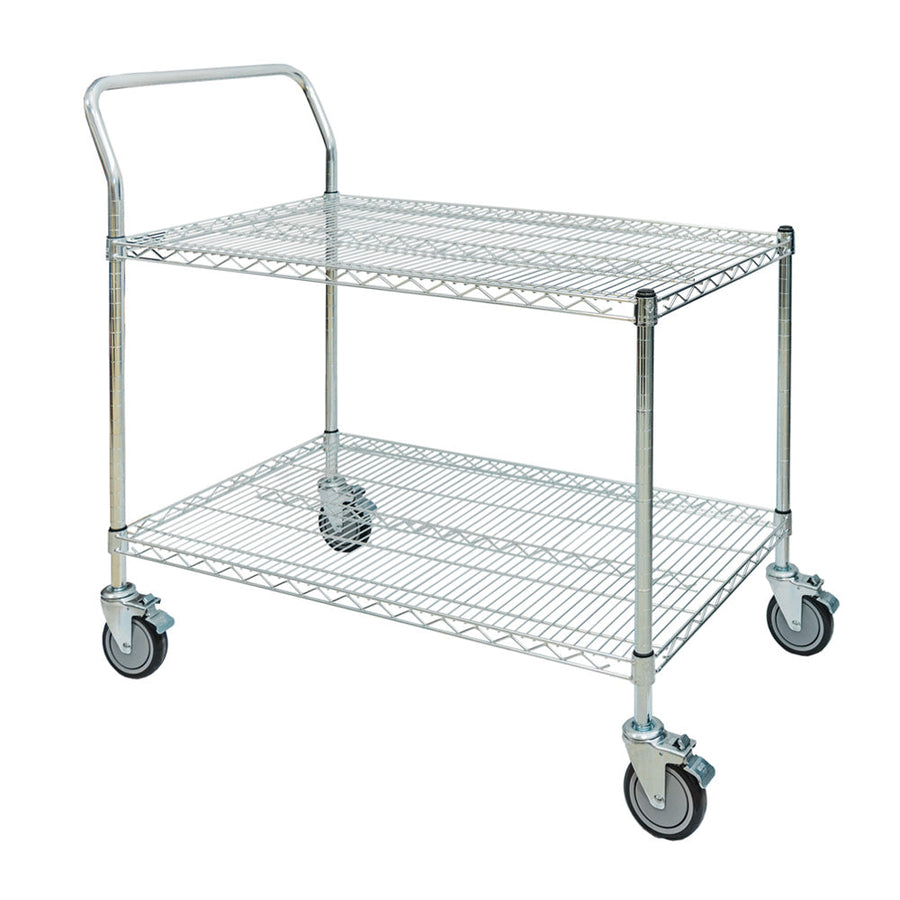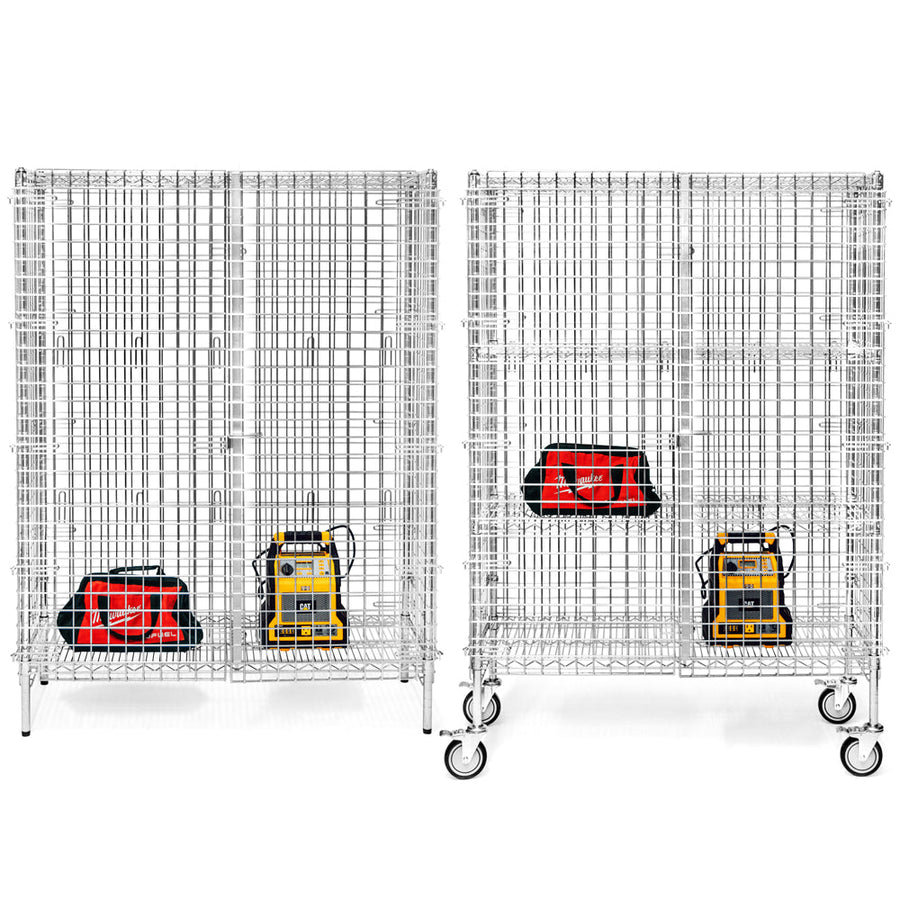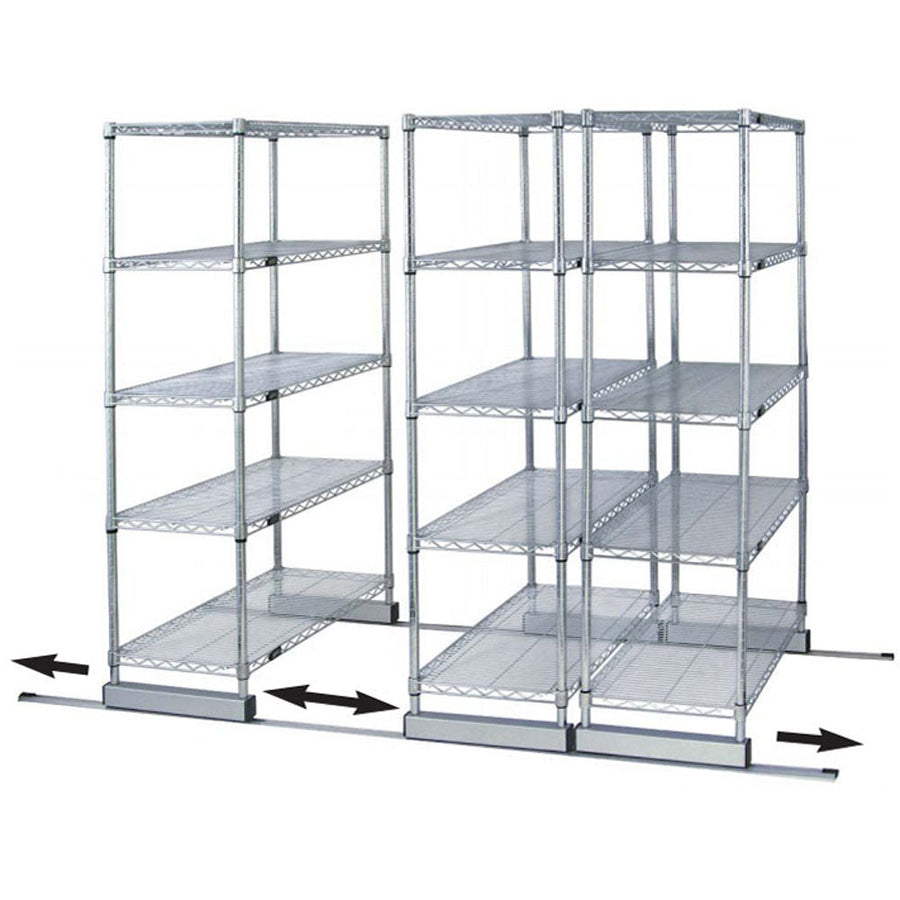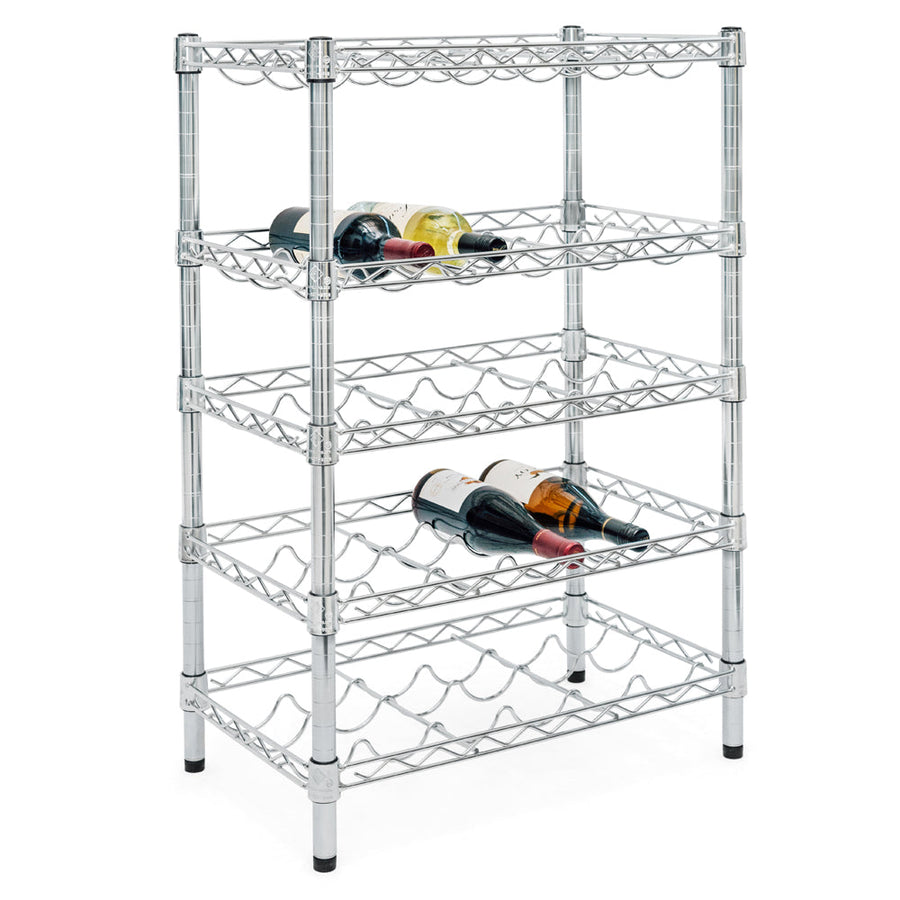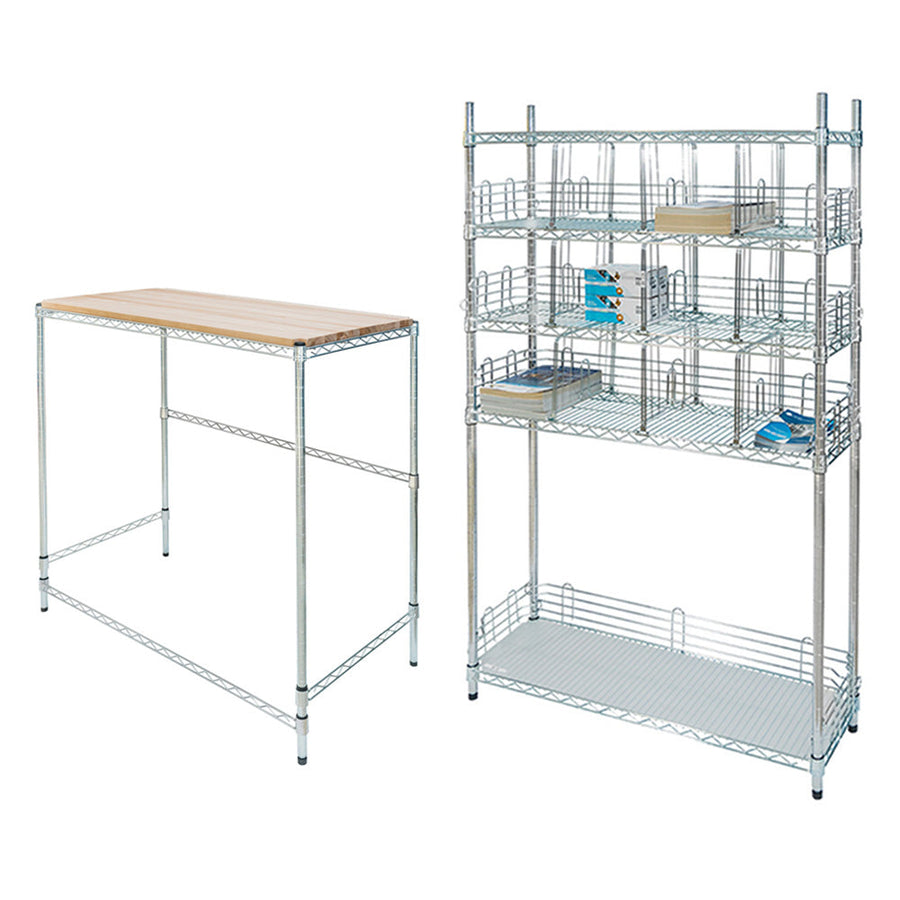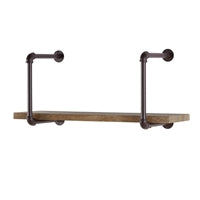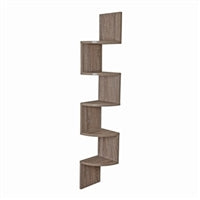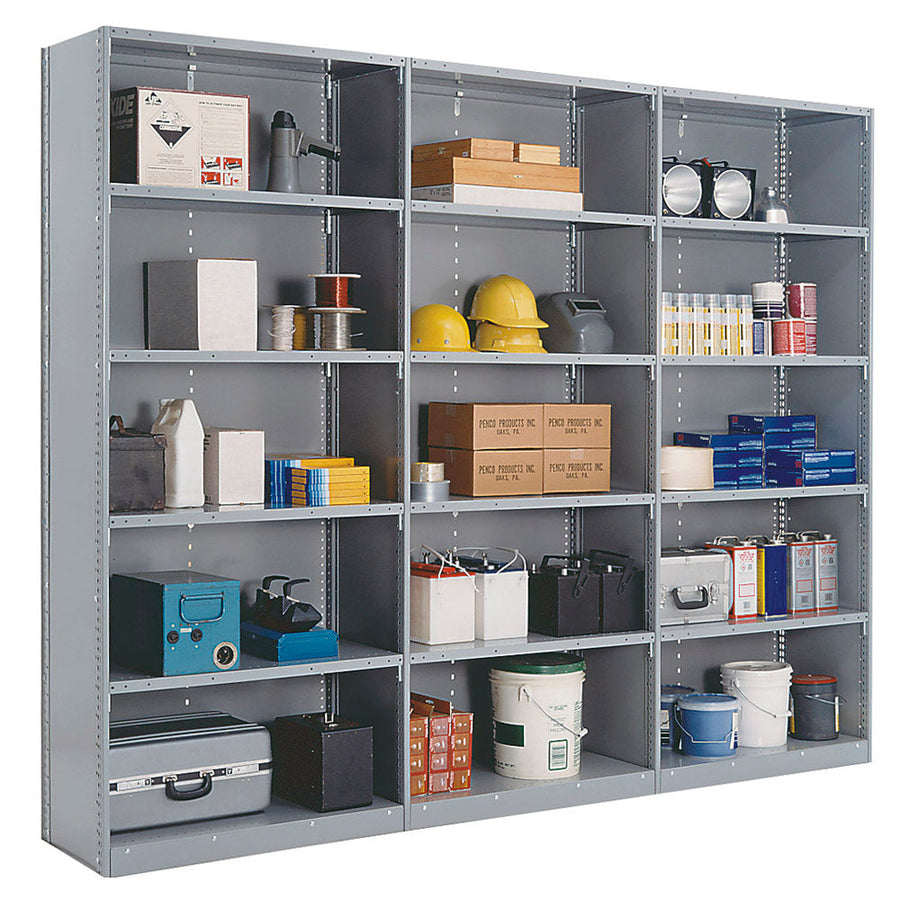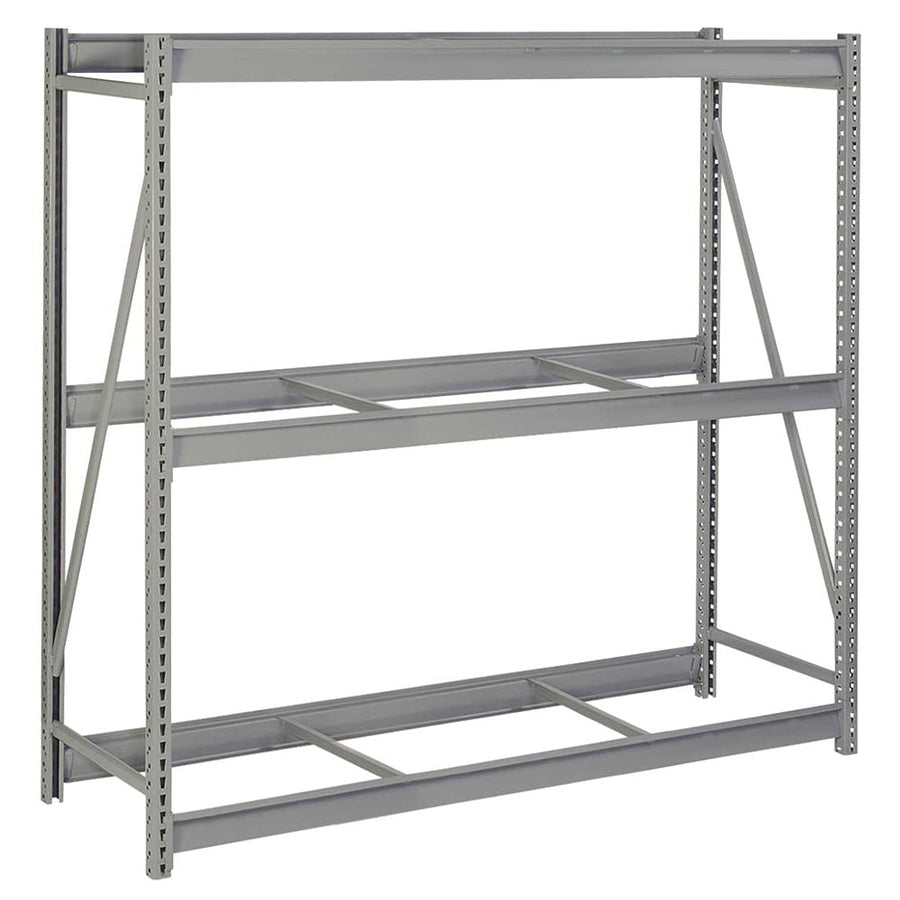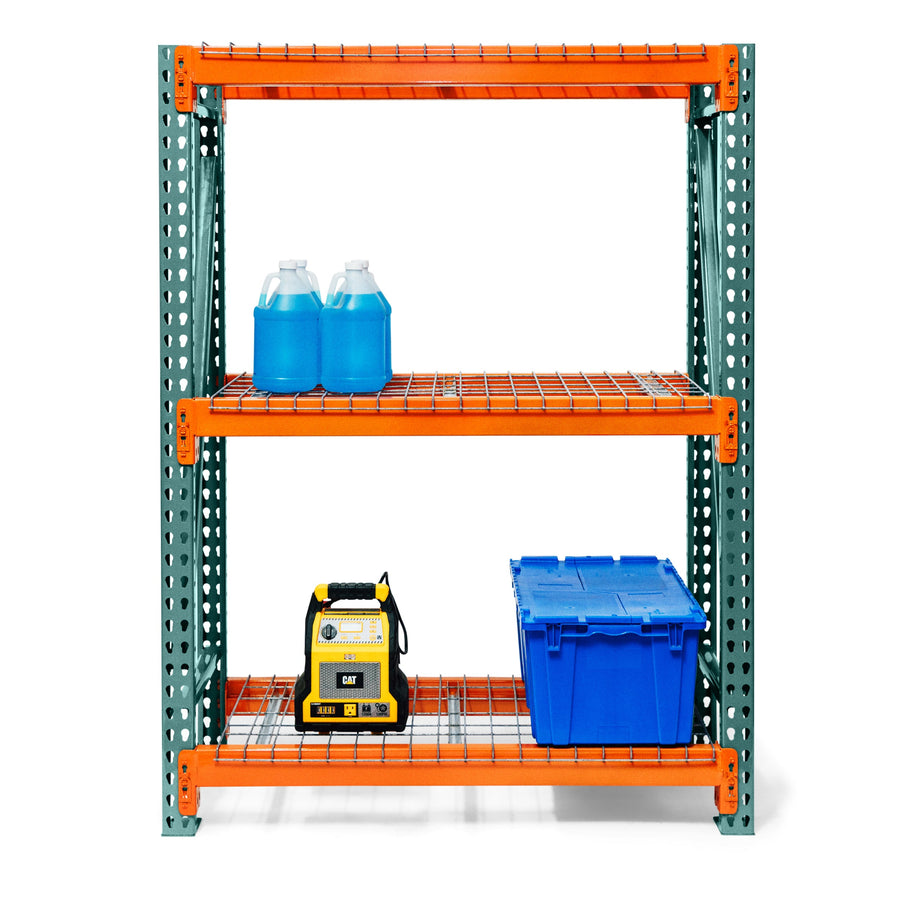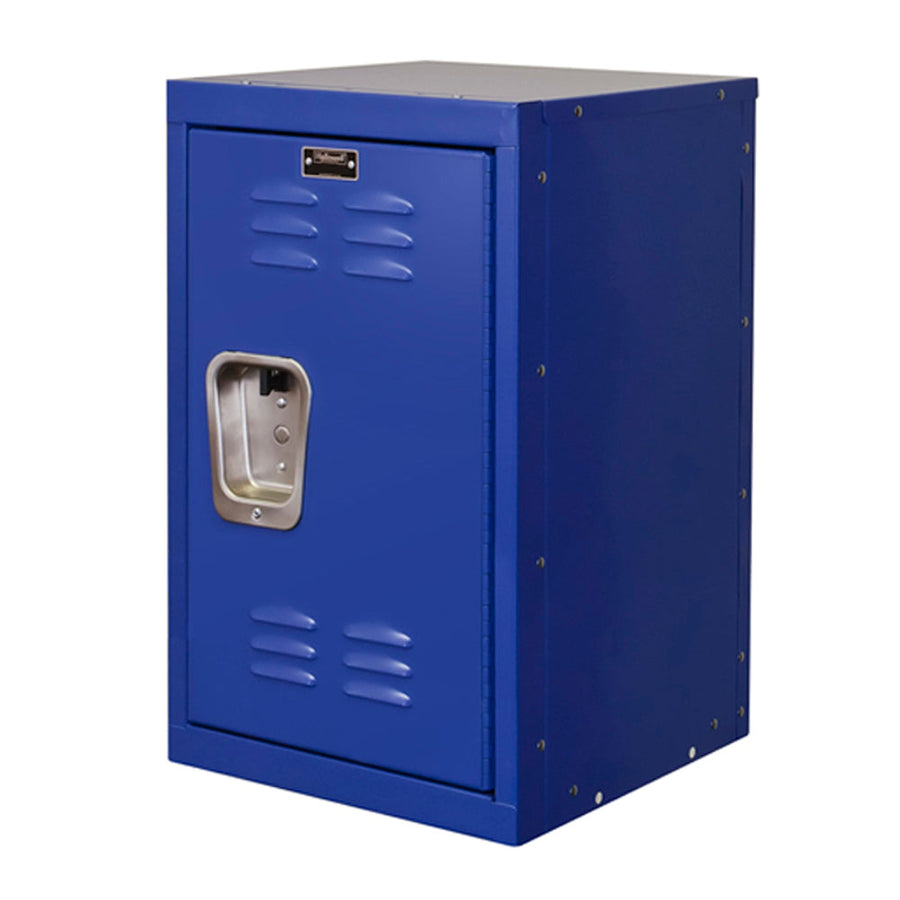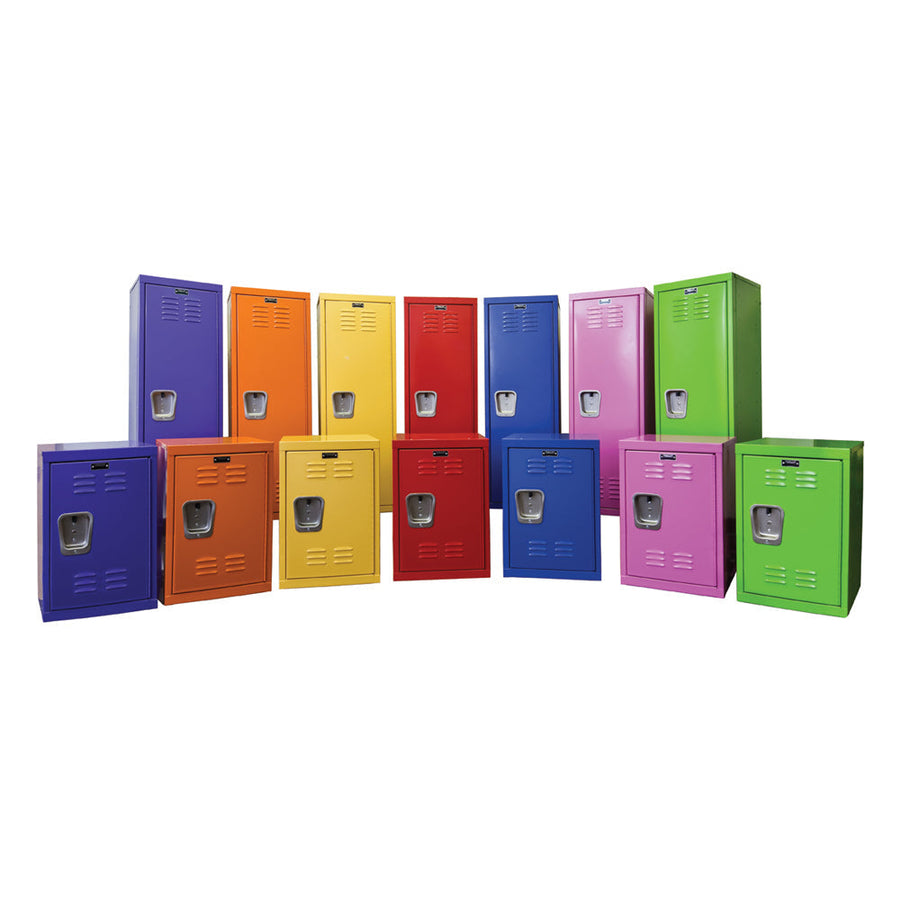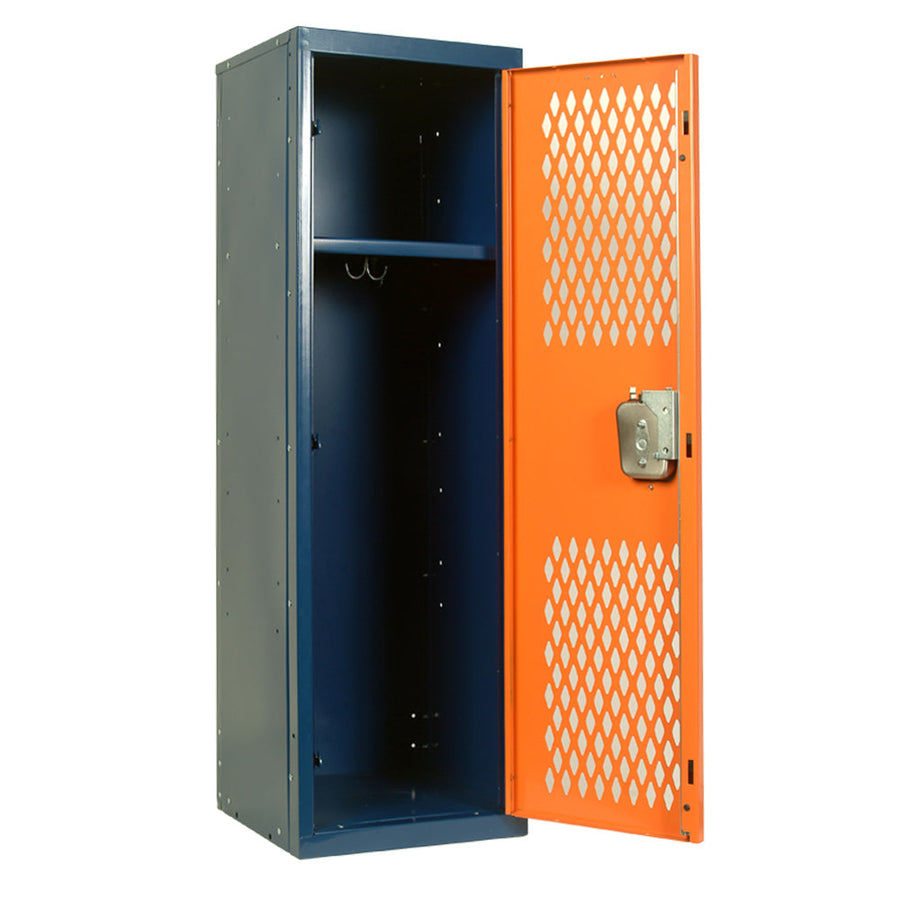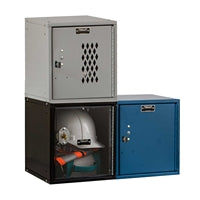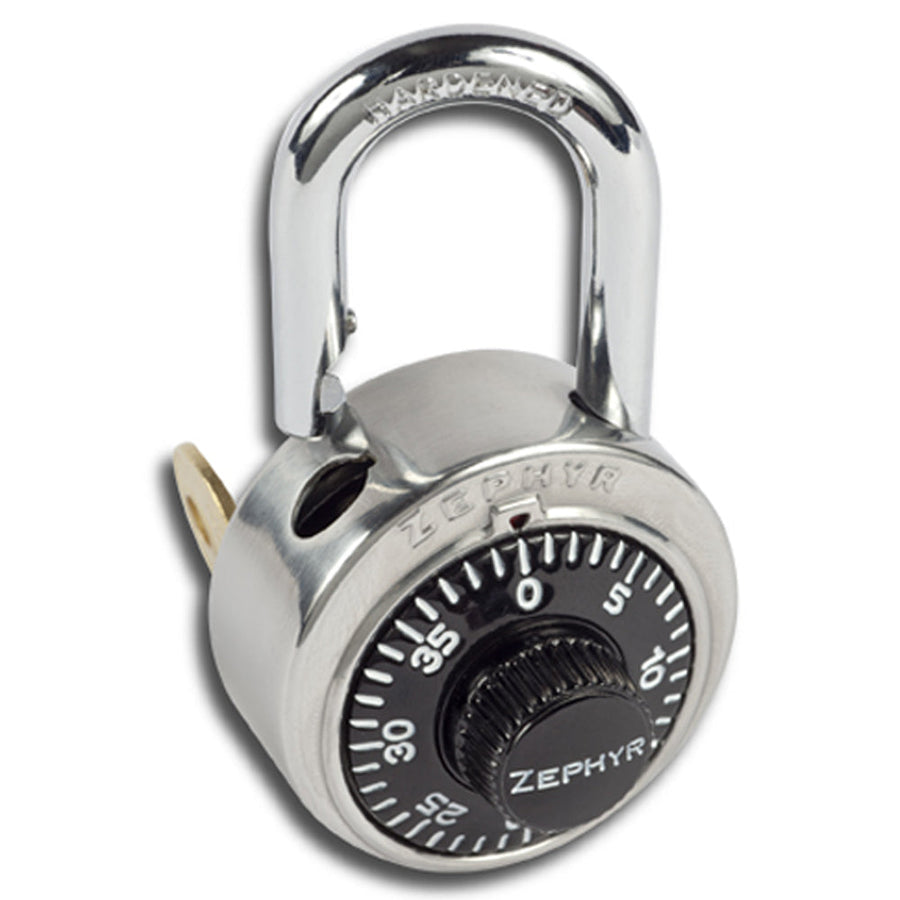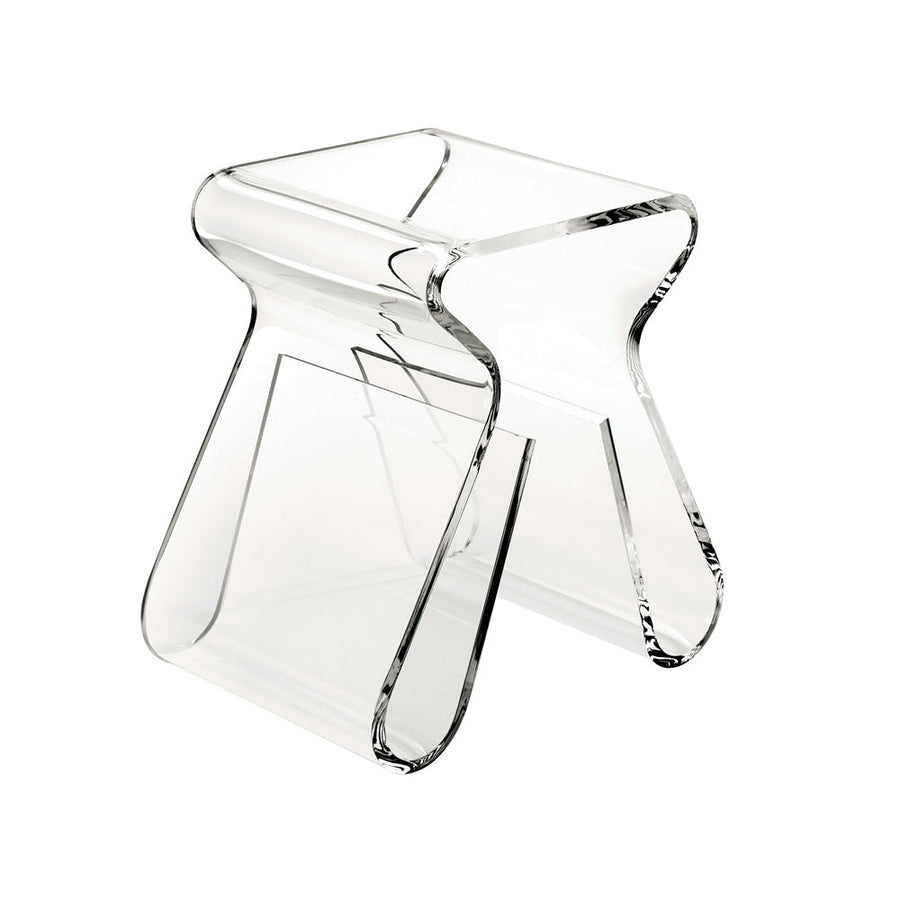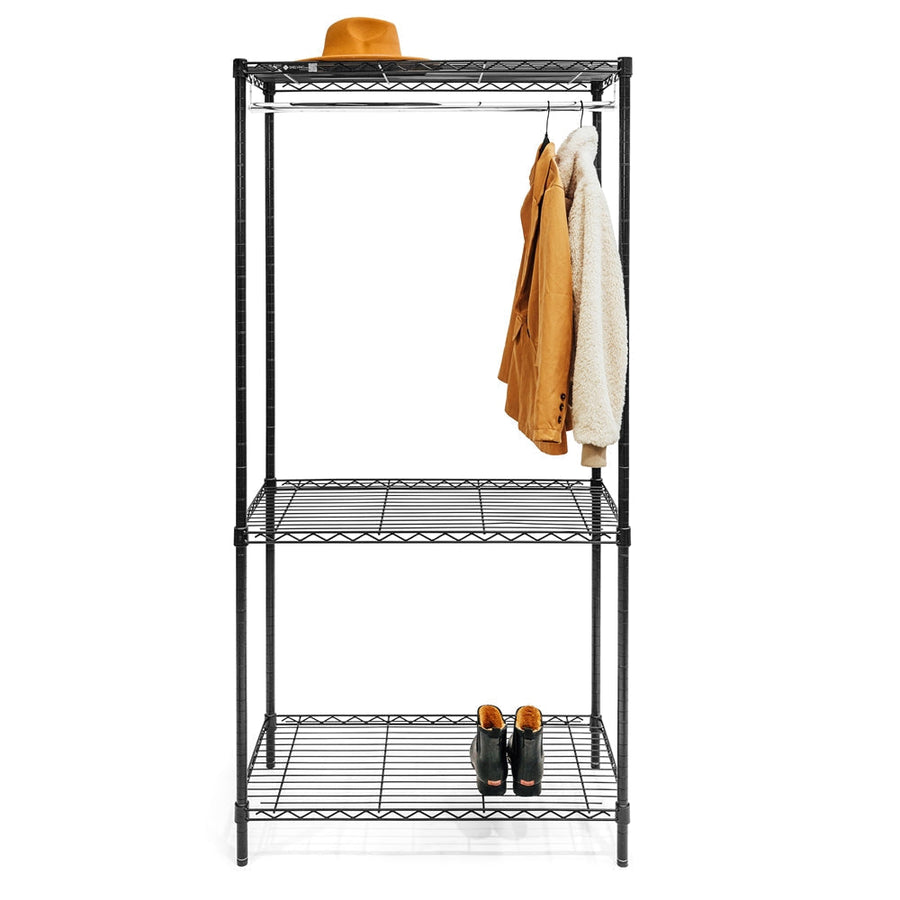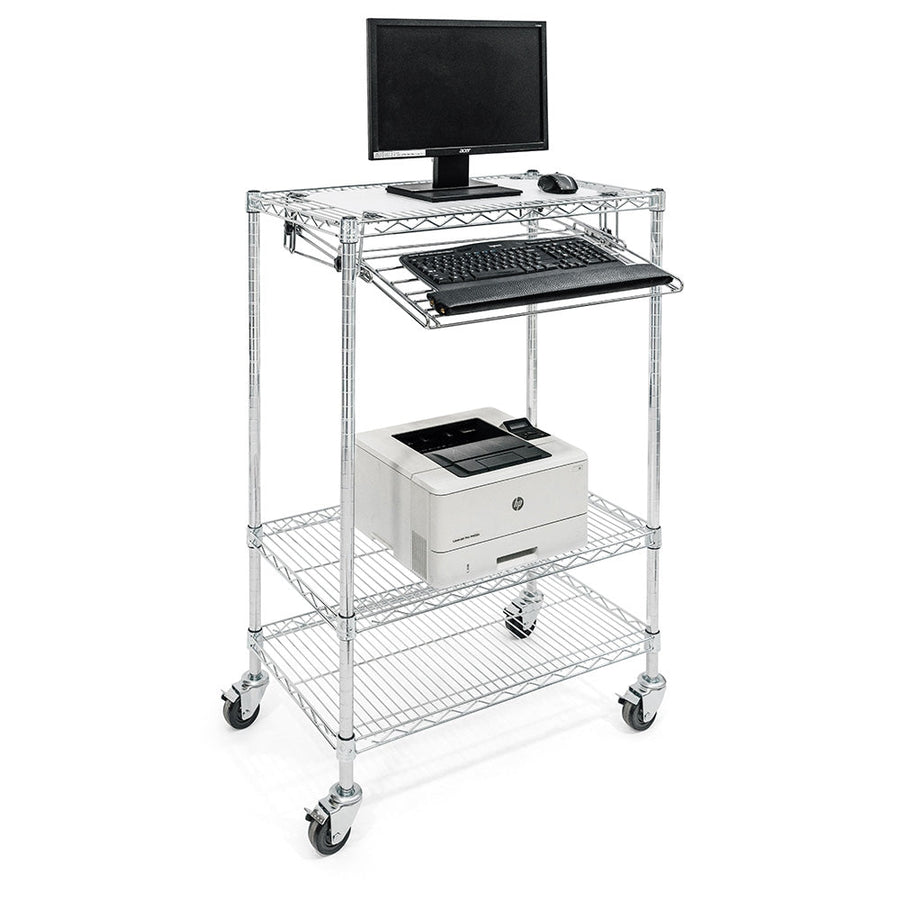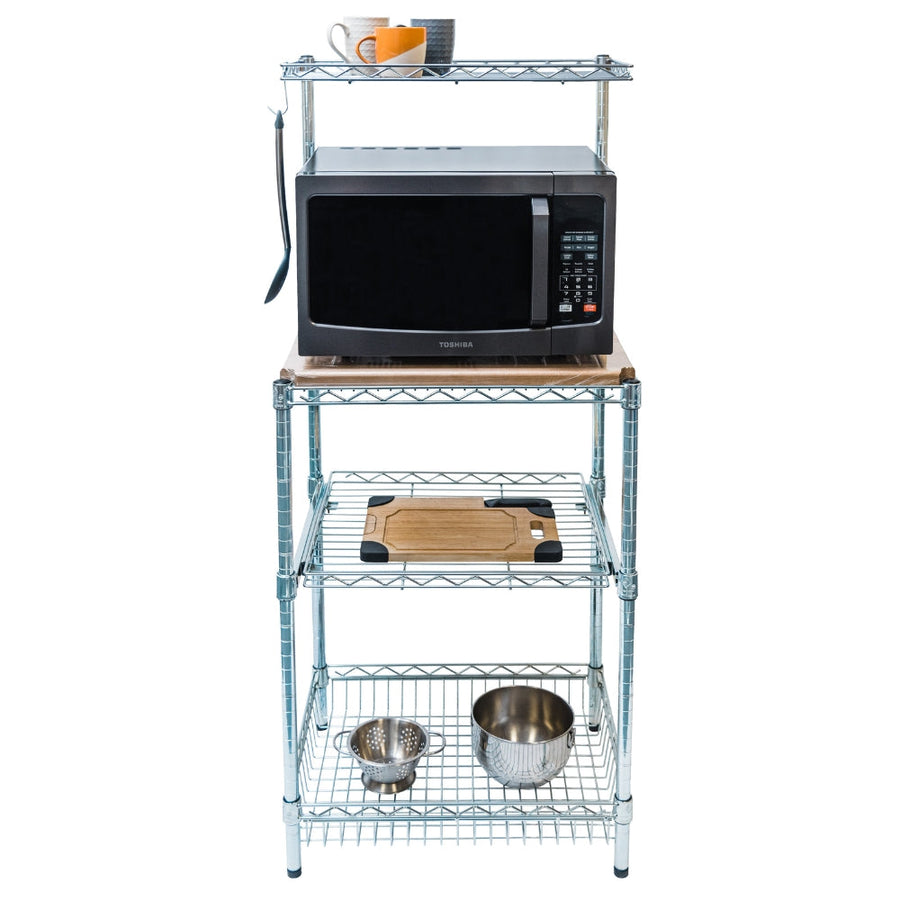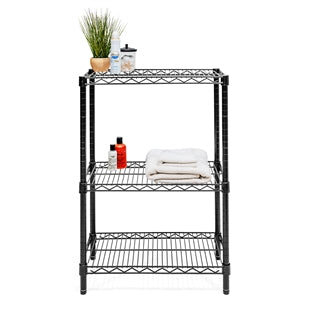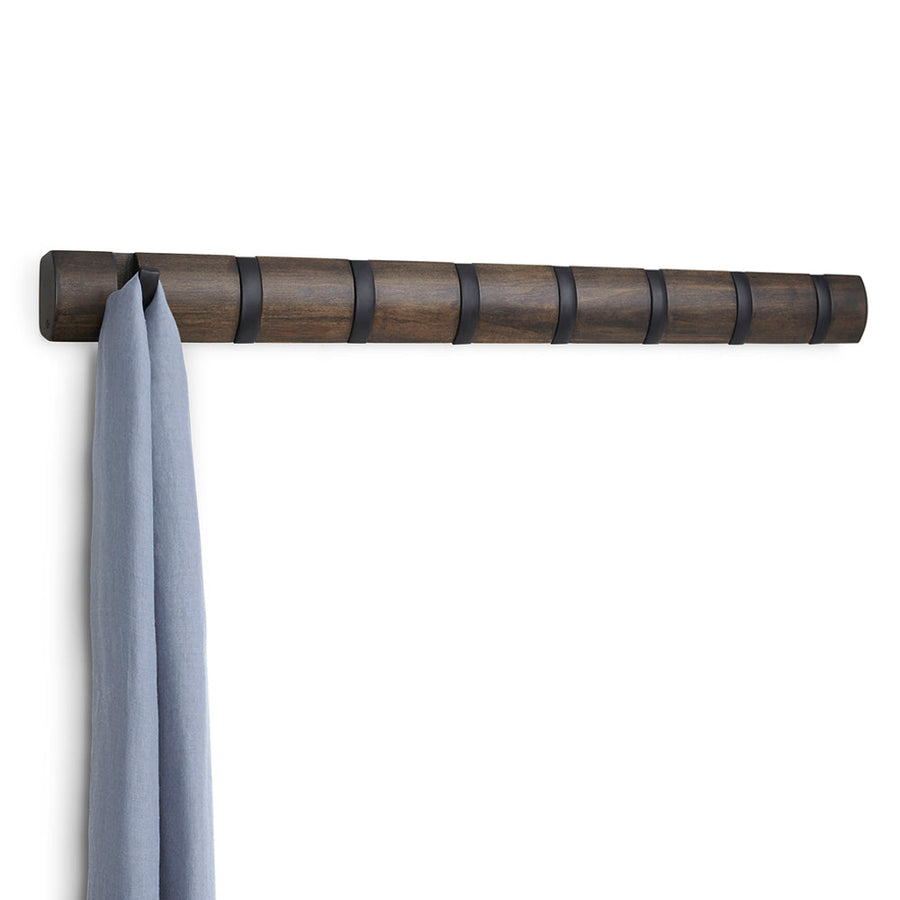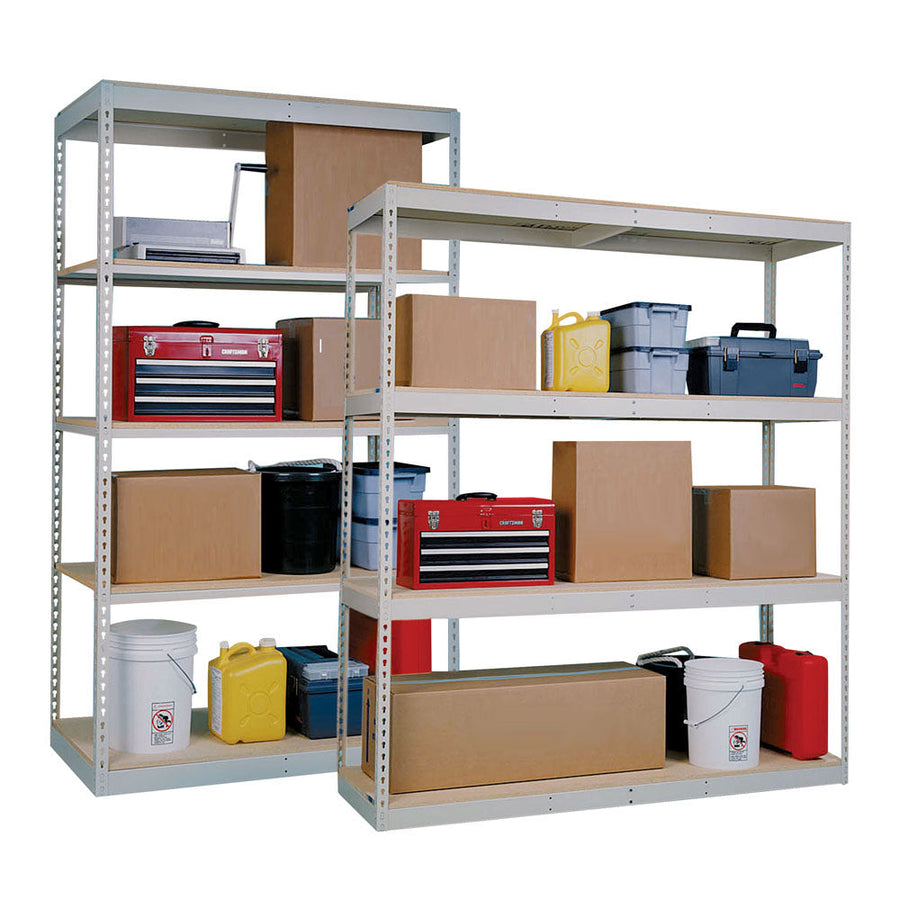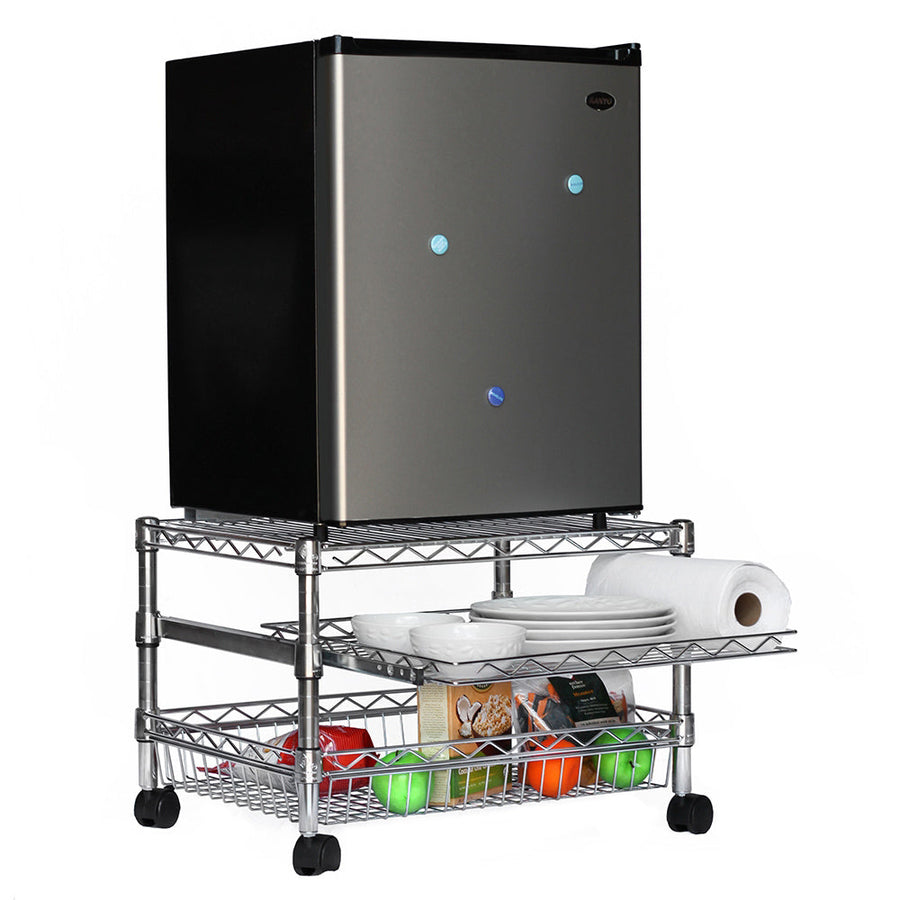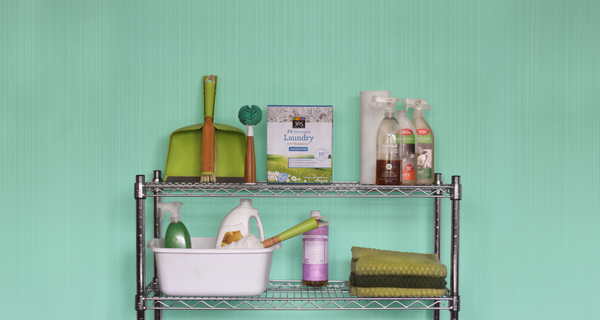Thanks to a number of factors—the economy, kids moving off to college, a simple need to relocate—more people than ever before are choosing to downsize into smaller homes to better suit their needs.
In most cases, it’s a great call! Smaller homes generally come with a ton of benefits like lower mortgage payments, cheaper utility bills, and less overall ‘upkeep’, without that giant kitchen or rooms you never use.
And while a lot of this might sound great in theory, even the most excited small-home buyers among us are faced with the reality of just how they’re going to move once they’ve made the decision to.
Moving is never easy, but it gets much harder when you need to move into a space that has much less room than your previous home. Fret not, however—we’ve got some tips here that can help make any move a breeze! (Comparatively speaking.)
Take inventory of what you’d really need to keep
Any move is a good opportunity to purge some stuff you don’t feel like keeping around anymore, but this goes double for moves into a smaller home. A lot of experts suggest something like this: what would you replace if you lost it all in a fire? Maybe that question is a bit morbid, but it’s a great way to look at it. Make a list of everything you truly couldn’t go without or anything that would be impossible to replace (family heirlooms, etc), and everything that isn’t on the list could be considered for sale or donation somewhere.
Figure out what’s sellable
A lot of the things you don’t plan on taking with you could be turned into spare cash to help with the move. A lot of people hang onto “insurance” items; stuff they keep around in case of an emergency like that extra mattress in the garage or the unused couch in the guest bedroom that only exists in case something you own breaks. While it might be comforting to keep those around, selling them can help a lot in the short term and may even provide some extra cash for when you do need to replace that mattress.
Another prime candidate for garage sales or Craigslist would be furniture that’s just too big for your new place. That giant leather sectional might have sounded like a good idea for your current living room, but if it’s not going to fit in your new one, out it goes. Likewise, you may have to sell some things to buy slightly more space-efficient furniture like end tables or bedroom dressers but the reduced headache will be worth it.
Get some storage at the new place—and make it space-efficient
There’s going to be a lot of things you take for granted in your current house that just can’t make the move into the new one, such as kitchen cabinets and closet space. Before you really get moved into your new home, take a close look at everything you want to bring with you and see how you’re going to fit it in there. If you need to take the time to hang up some wall mounted shelves before you can settle in and start unpacking the kitchen, or if you need to start deciding what goes in which closet before you can even unpack your clothes, you might save yourself a lot of time and hassle in the long run.
Be vigilant about future clutter
Once you’re all settled in and done with the move, it might feel nice to finally be done with everything. But decluttering requires pretty much constant attention, particularly if you’re in a much smaller space than you used to be. Make sure to be ruthless about what you bring in—if you start outfitting your house with collectables or knick knacks, know that you may have to get rid of something to free up the space. Keep an eye out for duplicates of stuff you don’t need multiples of (how many wine glasses and coffee mugs do you really need?), don’t get too caught up in hoarding clothes or magazines, and don’t be scared to just throw stuff out when you need to.
Have you downsized your home recently? Got any success stories or major hassles you want to share? Drop a comment below!


